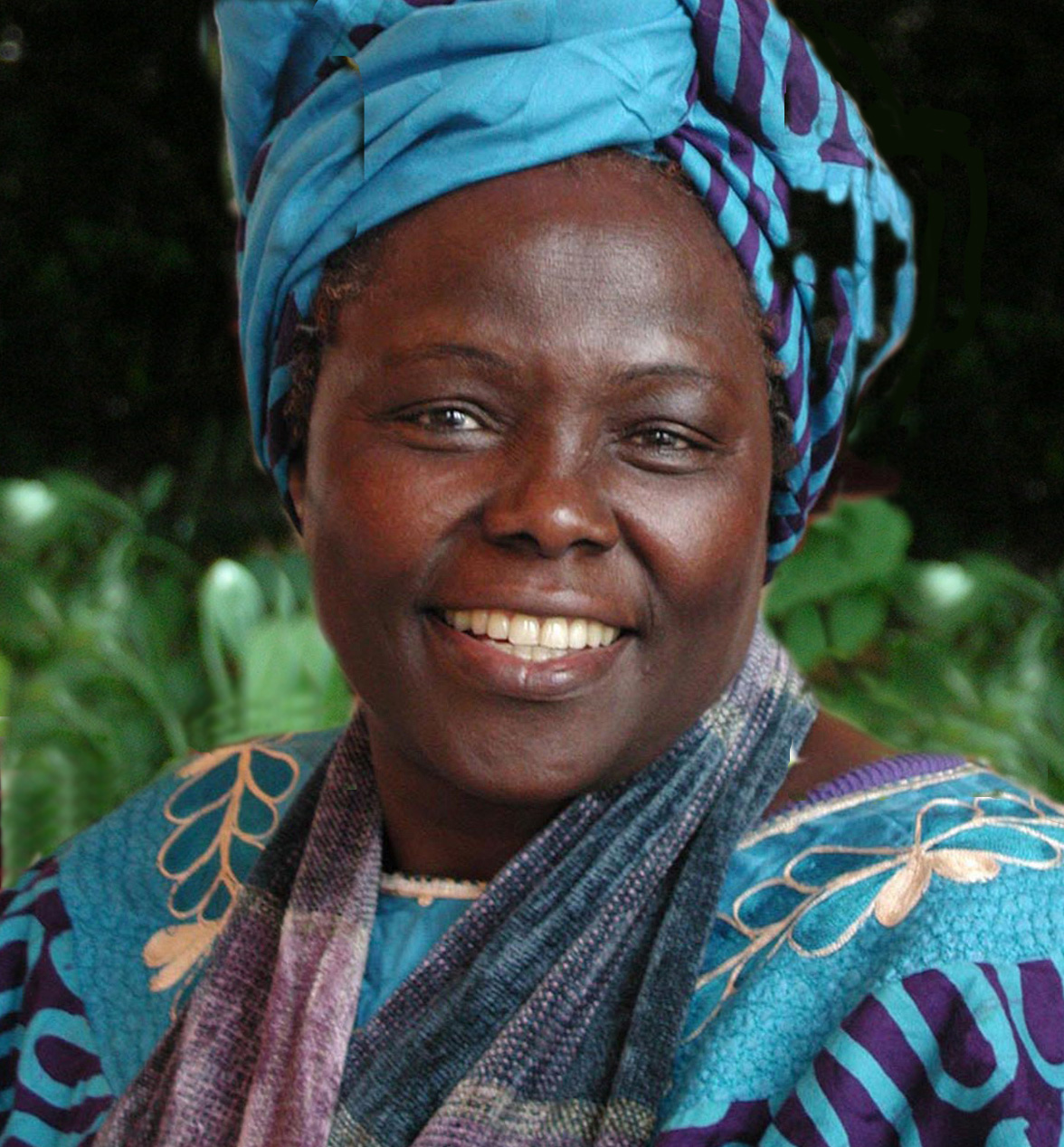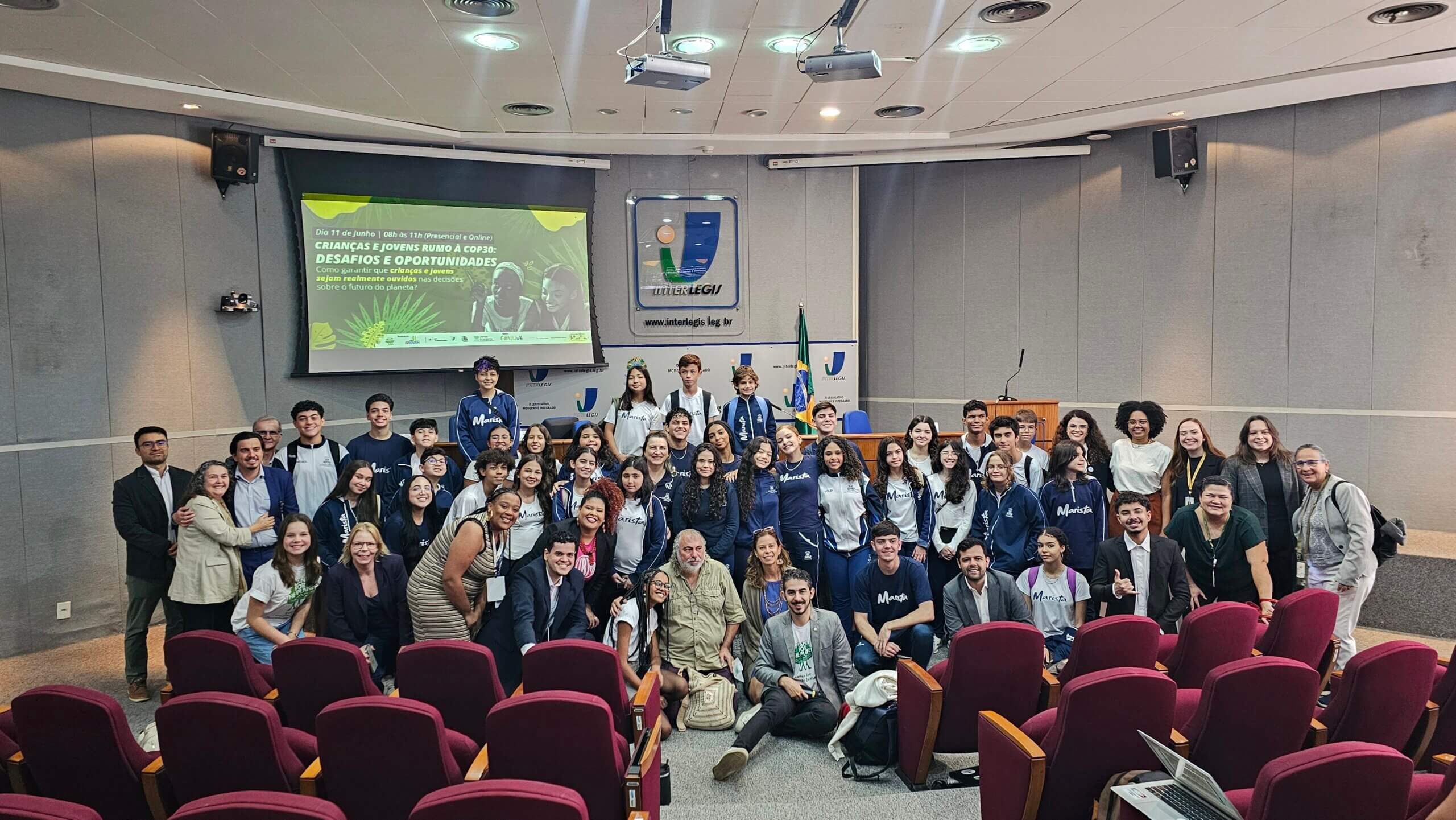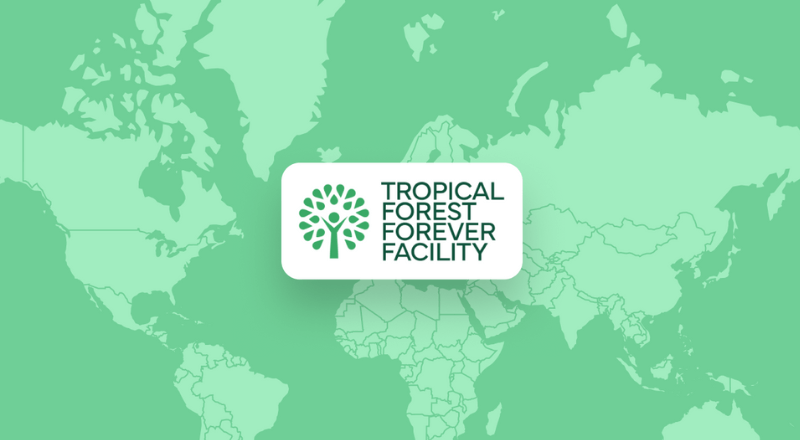
Nairobi, 24 February 2009 – The world's armies and UN peacekeepers around the globe should join the Billion Tree Campaign as it strives to reach its target of 7 billion trees planted by the end of 2009, according to Nobel Peace Laureate Wangari Maathai.

Speaking during the UN Environment Programme (UNEP)'s Governing Council meeting, Wangari Maathai, who is the co-patron of the Billion Tree Campaign, appealed to Heads of State around the world.
"Imagine all soldiers marching for the planet," the Nobel Peace Prize Laureate said.
"While the armies of the world are waiting to fight an enemy that comes with a gun, we have another enemy, an unseen enemy, an enemy that is destroying our environment," she added. "The enemy that takes away our topsoil, takes away our waters, destroys our forests, destroys the air we breathe, clears the forest."
"This is the unseen enemy and it cannot be fought with a gun ? this enemy can be fought with a tree," Wangari Maathai said. "So you can imagine how wonderful it would be if every soldier on this planet started seeing himself and herself as a soldier for the planet ? holding a gun on one side and a tree seedling on the other, to fight this unseen enemy which is actually more dangerous to us than the other enemy."
Her words come as a growing number of governments, communities and people around the world join the Billion Tree Campaign. The campaign, which is under the patronage of Wangari Maathai and His Serene Highness Prince Albert II of Monaco, has now catalyzed the planting of 2.6 billion trees in 165 countries around the world, far exceeding its original target.
On 22 February, Peruvian President Alan Garcia Perez personally planted the 40 millionth tree in Lima, concluding the country's National Tree Campaign of Afforestation and Reforestation. Peru plans to plant another 60 million trees by 2010.
So far, the roll of honour of the countries where the biggest number of trees have been planted is headed by Ethiopia (700 million trees), Mexico (470 million trees) and Turkey (400 million trees).
Quelle: UNEP


















